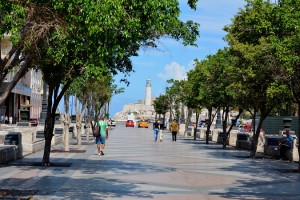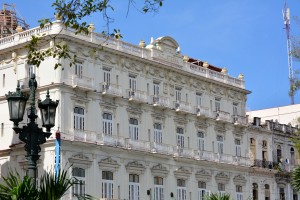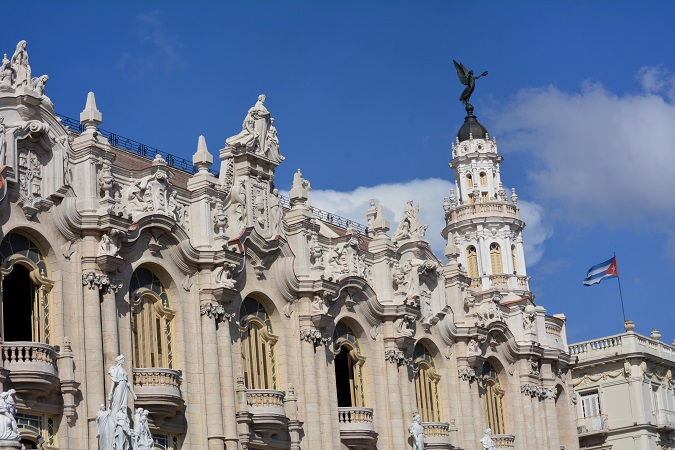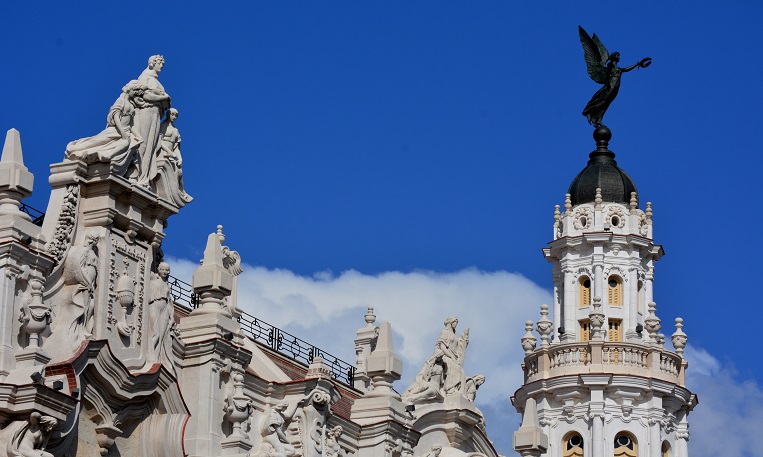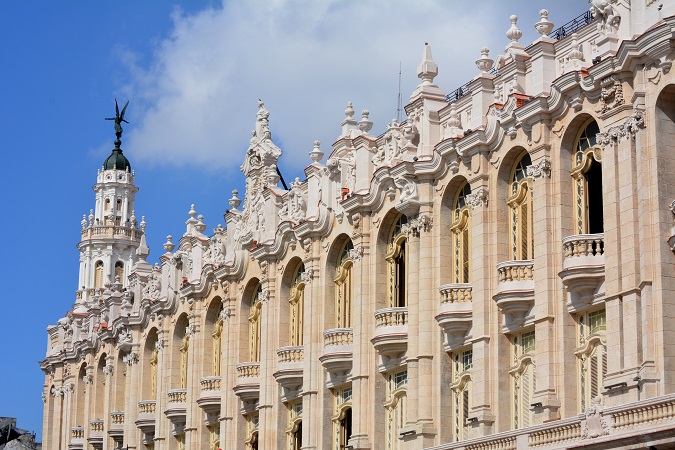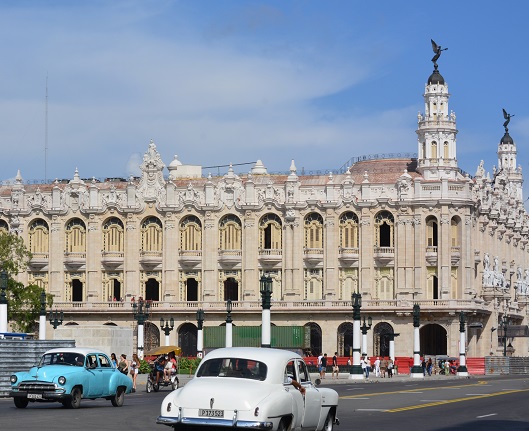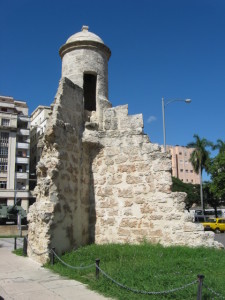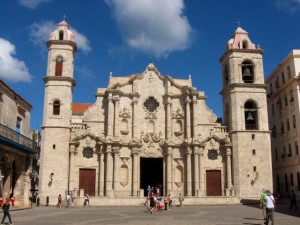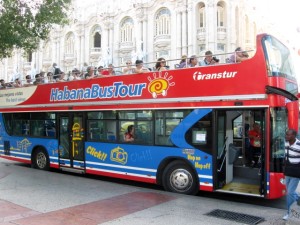
Travel Back in Time to Havana Cuba
Updated May 2022
Walking around the old city of Havana, with its 120-year-old buildings and 60-year-old cars, is like being in a museum, except that people live here. So, in this post, I listed things to see and do in Havana and some to avoid.
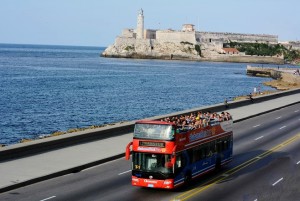 The Malecon
The Malecon
The Malecon is a wide street and sidewalk that passes along the seashore on the coast of Havana. Due to the scenery and the many old cars passing by, it is an excellent place for an evening stroll and is especially lovely at sunset.
The Prada
The Prada is a wide boulevard that starts at the Malecon and goes to Central Park near the Capitol Building. There are shady trees and benches for a rest. Therefore, it is an excellent place to walk during the day’s heat. It started in 1772, with the lovely wrought-iron street lights added in 1834. Eight bronze lions have guarded the entrances since 1927. On school days, you will see groups of children playing here as nearby schools do not have yards to play sports or activities.
In addition, there is always something to see on the Prada. On Saturdays, people set up stalls along the sides to sell everything from paintings and wood carvings to complete houses. Selling personal items was prohibited after the Communist revolution and has only recently been allowed again. Selling one’s home is even permitted, but there are no real estate agents to assist them. So, instead, you will see people with homemade cardboard signs announcing their houses for sale.
Therefore, it is a great place to spend the afternoon if you have the time. Your walk will culminate when you reach Central Park at the other end of the Malecon.
Central Park area
The park is nothing special, but you will find many interesting things nearby. The double-decker tour buses begin their tours from here (see below for information about the bus tour). Across the street from the park is the impressive Hotel Inglaterra (photo), and just down the street is the Capitol building. Most importantly, the area is an excellent place for car-watching. You will see many old cars going past, dating from the 1950s and even back to the 1920s.
Going in the opposite direction from Hotel Inglaterra, you can walk along Obispo Street to the Plaza de Armes. The route has many interesting buildings, souvenir shops and restaurants.
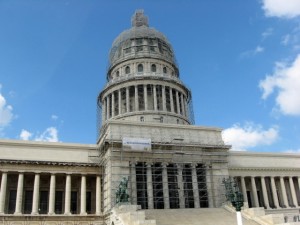 The Capitol Building
The Capitol Building
The magnificent capitol building resembles the capitol building in Washington. Construction began in 1926 and finished in 1929.
The Grand Theatre
The Grand Theatre is one of the most impressive buildings in Cuba and one of the world’s largest opera houses. It opened in 1838. Sarah Bernhardt, Arthur Rubinstein and many other famous singers, dancers and musicians have performed here.
Old City Wall
A wall once enclosed the old city of Havana, 1.5 metres thick and nine metres high, to protect it from invaders and pirates. Especially relevant is that a moat protected the wall itself. In addition, the city had 180 cannons and eleven heavily-guarded gates. Construction of the wall began in 1671 and was completed in 1797. Every evening, a cannon fired at 9 p.m. to inform inhabitants that they were about to close the gates for the night.
By 1863, the city expanded outside the walls, and it was gradually torn down to make room for new streets and buildings. Presently, a few pieces of the wall remain. The easiest one to find is located in front of the Museum of the Revolution. The most extensive section is near the train station and will require a taxi if you want to see it.
Now the wall is long gone. However, soldiers in 18th-century uniforms still fire the cannon every evening at 9 p.m. You can see the ceremony at Fort San Carlos on the other side of the bay. (There is a link below for the forts of Havana.)
The Cathedral
Be sure to stop at the Cathedral de San Cristobal. Construction began in 1748 and was completed in 1777. The plaza in front of the cathedral and nearby side streets have some restaurants and interesting things to see.
Museum of the City
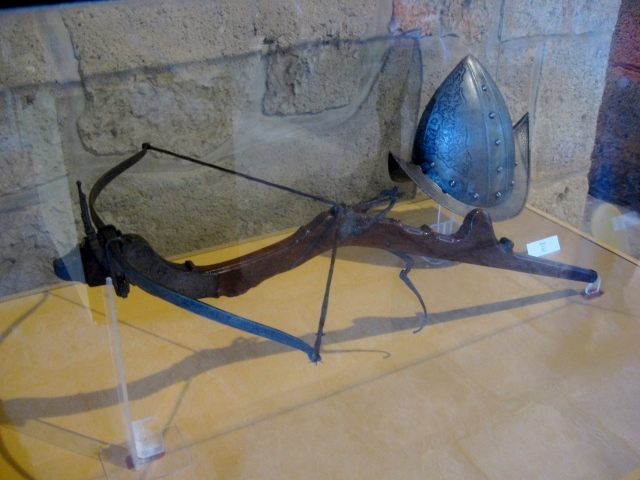
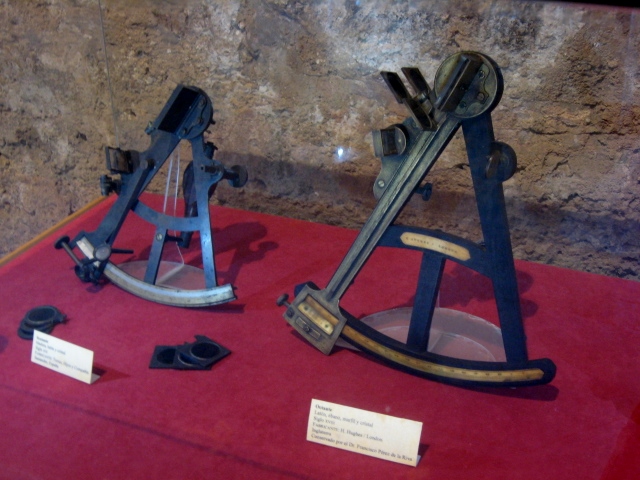
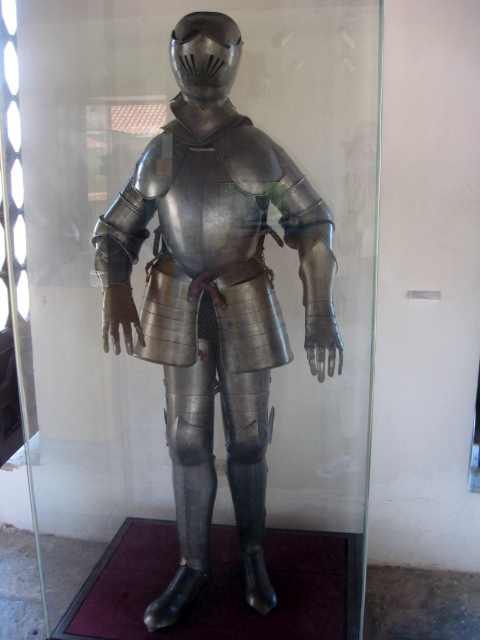
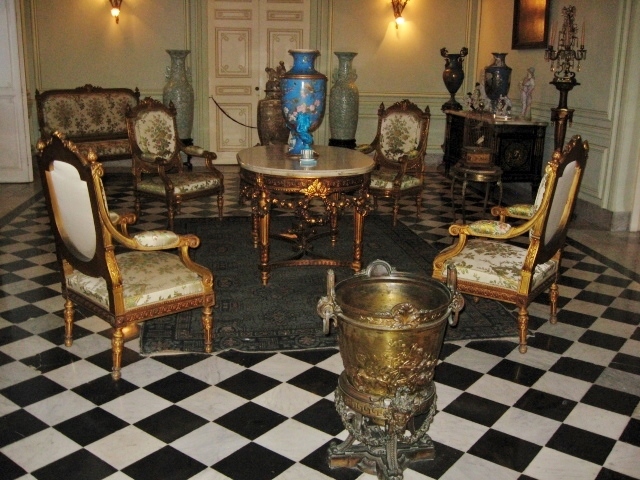
In addition, El Museo de la Ciudad is worth a visit. The building was originally the residence of the Governor when Cuba was a Spanish Colony. Today, the museum houses many interesting artefacts from the city’s past.
Museum of the Revolution

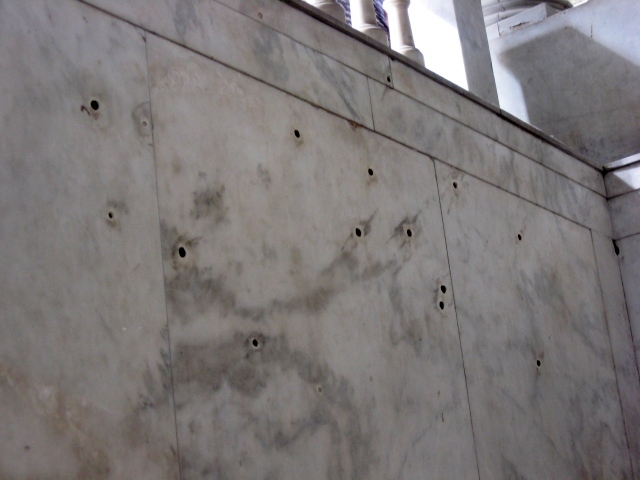
Unlike many great museums in Havana, this one is overpriced and not worth a visit. (Most museums in the city are priced at about $3. Some are free. The Museum of the Revolution is $8). It consists primarily of blurry black-and-white photos taken during the Cuban Revolution and a few artefacts. However, the building itself is fabulous and worth seeing. It was the residence of 26 Cuban presidents from 1920 to 1965. The central dome consists of multi-coloured ceramics on a gold background. The Salon de Los Espejos (the room of mirrors) is a long, beautiful room with paintings on the ceiling.
Castro probably got some satisfaction from housing the Museum of the Revolution in the former home of his enemy, President Batista. You can still see the bullet holes in the marble at the top of the grand staircase from an attack during the revolution (photo above).
Other Museums
In addition, there are dozens of other museums in the city. Here are a few of them.
- Antique Auto Museum (museo del auto antiguo). I didn’t go here as there are plenty of antique autos driving around in the streets.
- Museo Nacional de Bellas Artes. Check this out if you like art.
- Museo Numismatico – for people with an interest in old coins and currency.
- Museo Postal Cubano – for people with an interest in postage.
- Museum of Natural History (Museo Nacional de Historia natural) – Not worth visiting. Just a small collection of stuffed animals.
- Museo del Ron – The Museum of Rum
Book Market
The guidebooks describe the book market at Plaza de Armas as a good place to go. I’m afraid I have to disagree. The books are mostly all in Spanish, and most are about Cuban politics. Most of all, everything is overpriced. For instance, an old National Geographic magazine sells for $10, which I could buy for 25 cents in Canada. A dirty, old pocket novel that was also going for $10 was available brand new at a bookstore near the Capitol building for $3.
The New City
The new part of Havana is no different from other cities and consists mainly of modern hotels, offices, and houses. It is known in Havana as Vedado. As a result, it is not worth visiting except for a few places I will describe below.
Napoleon Museum
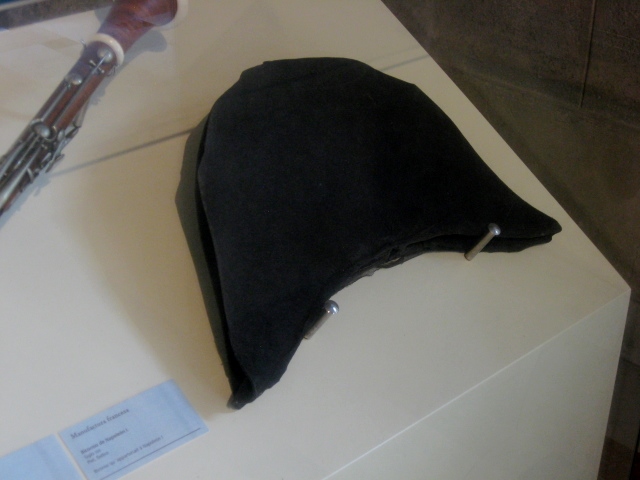
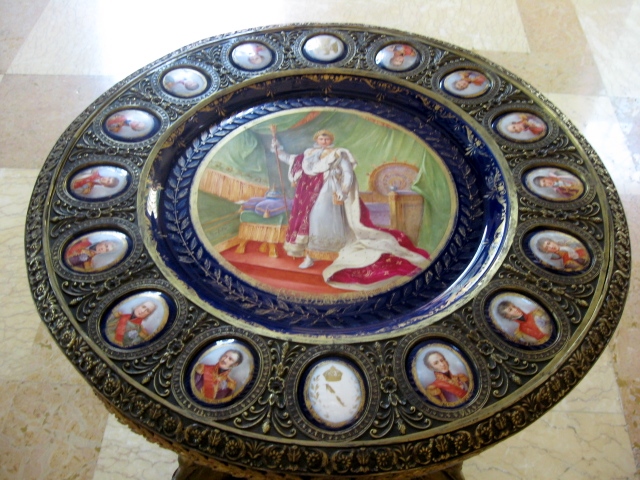

El Museo Napoleonico reportedly contains the world’s best collection of Napoleonic artefacts. It is better than any collection in France, so they say. They have some of his clothes and even one of his teeth. In addition, the house that contains the museum is a fabulous mansion built in 1920 by Oreste Ferrara, an advisor to the dictator Gerardo Machado. Like all of the lavish mansions in Havana, it was confiscated by the Communist government after the revolution and the owners fled to other countries.
It seems like the Napoleon Museum is not well-known to tourists in Cuba. However, I think it is one of the best museums in Havana. Admission is free, but the guides appreciate a tip ($1 is plenty because the guides on the second and third floors will also want a tip. Still, $3 for two people is a bargain for this excellent museum.)
Cemetery
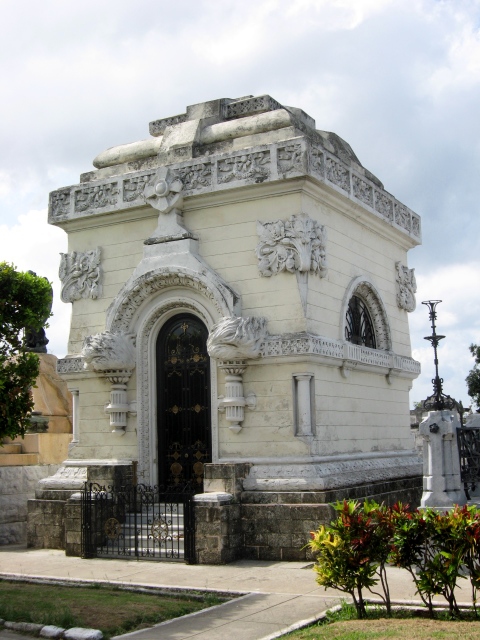
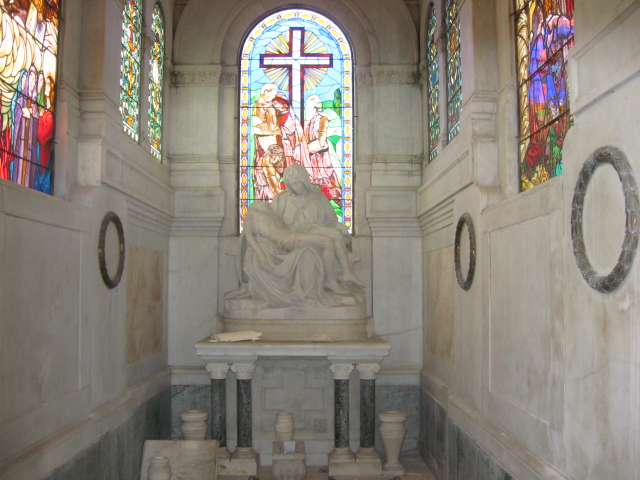
If you have time, the massive Colon Cemetery is worth a visit. It is one of the largest cemeteries in the world, with more than two million (dead) inhabitants. Stroll around and check out the family crypts of Havana’s heroes and famous families of the past.
The cemetery is interesting, but there is a $5 entrance fee, another of the many government rip-offs in Cuba.
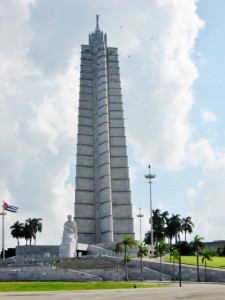 Jose Marti Memorial
Jose Marti Memorial
The Jose Marti Memorial at the Plaza de la Revolucion was completed in 1958. You can go up the 109-metre tower to view the city (the highest point in Havana). The memorial is at the base of the monument. Above all, check out the vultures circling the tower and landing on the upper levels. (Click the photo to enlarge it and zoom in to see the vultures).
Bus Tour
I have been on bus tours in many great cities around the world. The one in Havana is about the worst. Significantly, there is no map or any information about the bus route. You pay your fee ($5) and go you-know-not-where. The first part of the tour takes you to interesting places around the old city and the Malecon, but you could walk to most of them. The second half of the tour is mainly around the new city with stops at the many hotels. The bus went past the Napoleon Museum without stopping or mentioning it. (The quality of this tour depends a lot on the guide’s enthusiasm. Some give good descriptions in Spanish and English, while others provide very brief descriptions in Spanish only and are more interested in chatting with their friends).
I went on the tour twice. Although the tour is not very good, it is an excellent method of transportation and a lot cheaper than a taxi. It stops at the Jose Marti Memorial and the Colon Cemetery. You can get off the bus and get on a different one without paying again. Many private city tours are available by car or horse-drawn wagon, but of course, they are much more expensive.
In conclusion, the bus tour is not worthwhile, but it is a cheap method of transportation around the city instead of taking a taxi. Use it to reach locations that are too far away to walk.
In addition, here are some other posts on this website about Cuba
